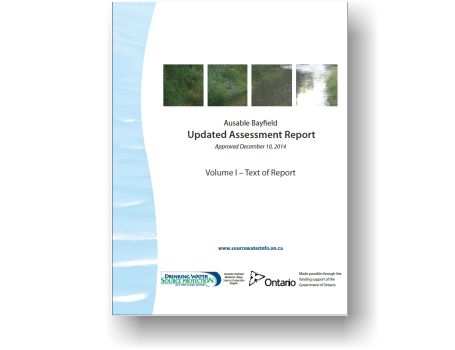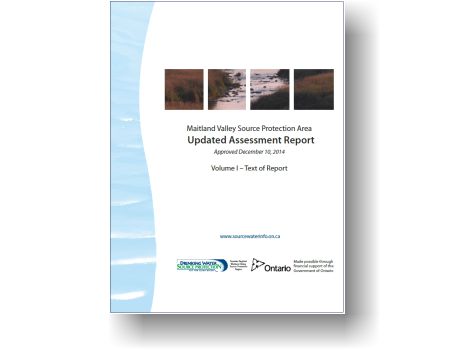What is an assessment report?
Assessment reports identify vulnerable areas where some land use activities can, in certain circumstances, pose significant threats to municipal drinking water sources, as defined by the Ontario Clean Water Act, 2006.
The reference to threats does not mean there’s an immediate threat to drinking water on a landowner’s property. In the case of drinking water source protection, a threat refers to any one of 21 activities or conditions which can, if not properly managed, pose risk, in certain circumstances, to municipal drinking water sources.
Examples of threats include sewage (such as septic systems), fuel storage (such as home heating oil), or other handling or storage of substances containing pathogens (such as E. coli bacteria) or chemicals (including organic solvents and dense non-aqueous phase liquids or DNAPLs).
For the full list of threats and circumstances visit the Province of Ontario’s Drinking Water Ontario site at: http://www.ontario.ca/environment-and-energy/provincial-tables-circumstances
Assessment reports describe any municipal drinking water issues and list activities or conditions that are drinking water threats.
The reports also identify each watershed within the source protection area, characterize quality and quantity of water, set out water budgets, describe groundwater and surface water flow, quantify water takings, identify significant groundwater recharge areas and highly vulnerable aquifers, and identify surface water intake protection zones and municipal wellhead protection areas where contaminants on the surface have the potential to reach municipal water supplies, if not properly managed.





